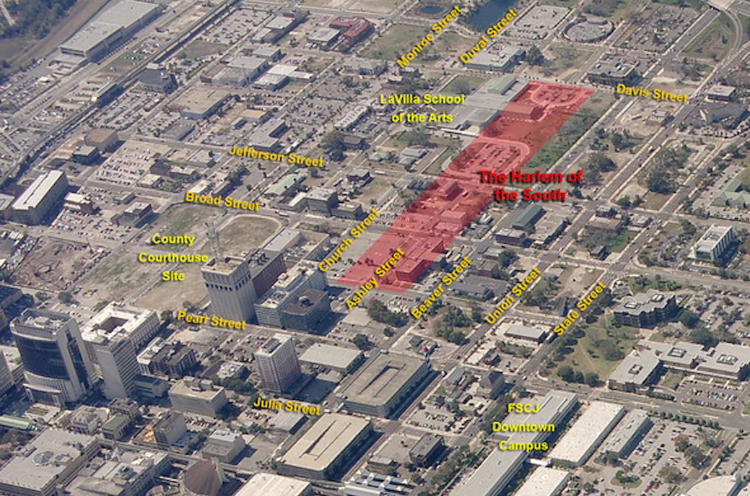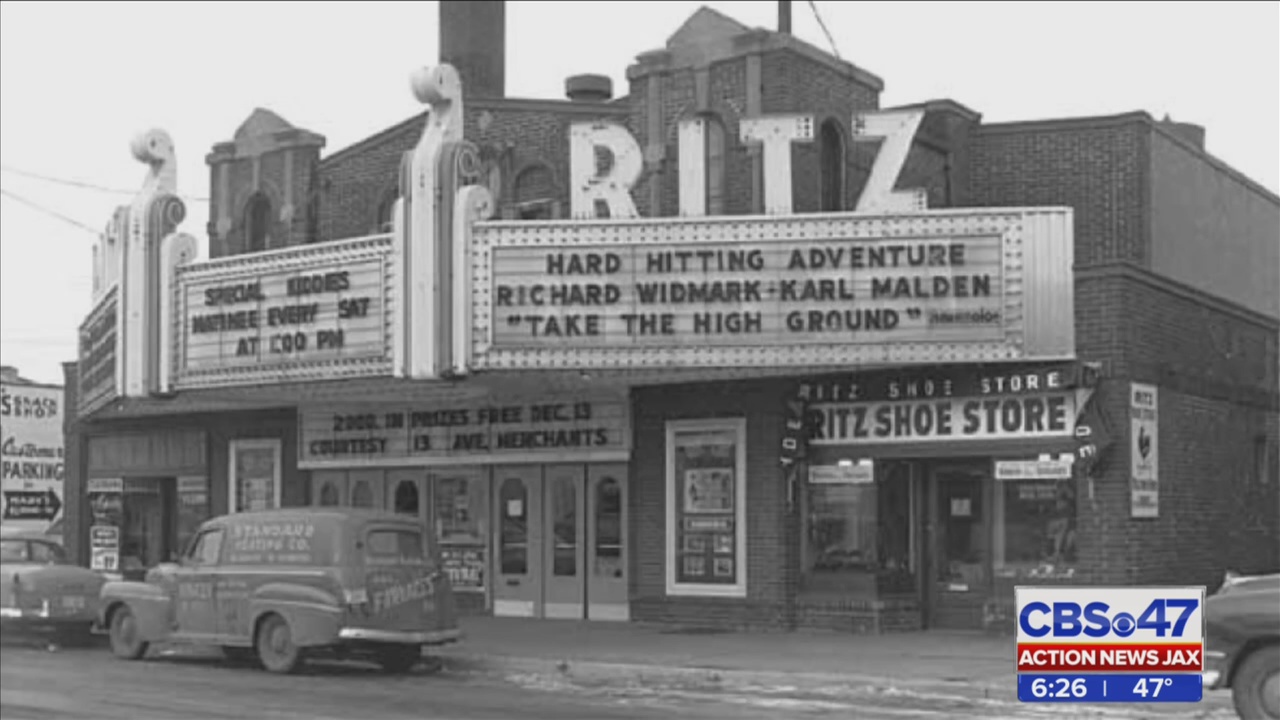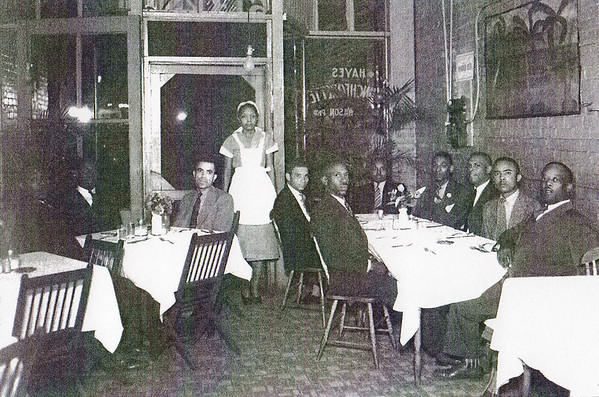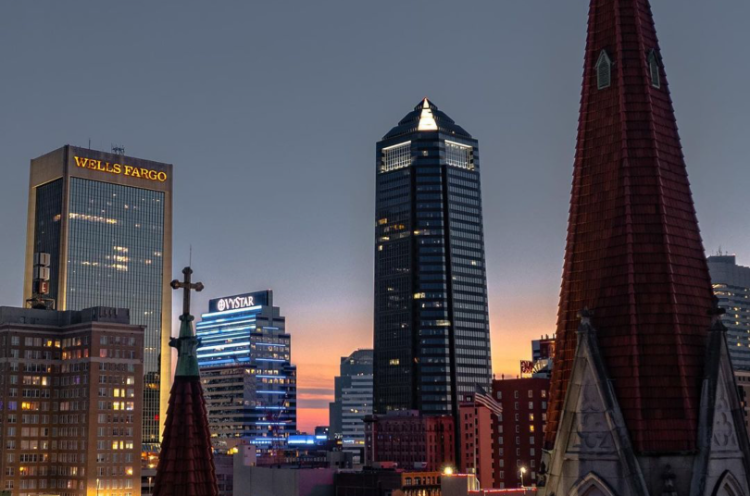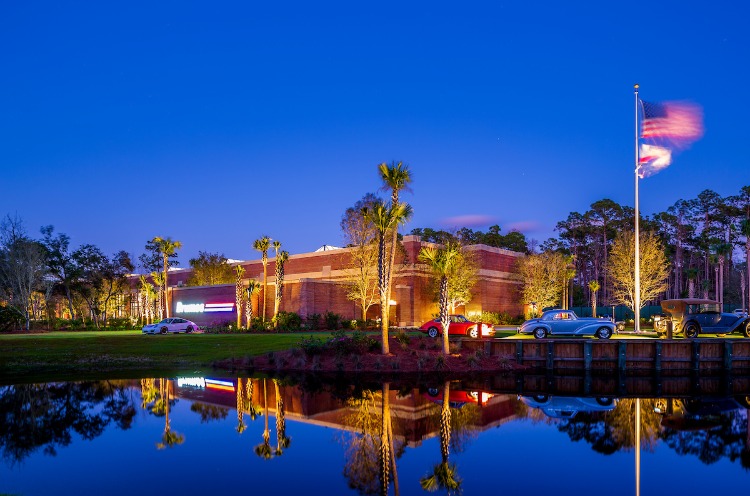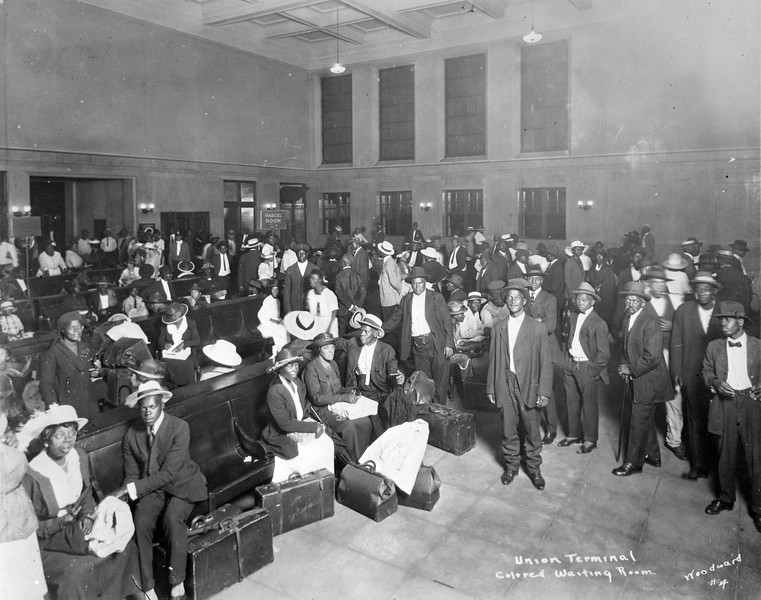
LaVilla’s Jacksonville Terminal (1921) | Source:State Archives of Florida
Similarly to other Downtown Jacksonville areas, LaVilla dealt with its own handful of struggles following the Great Fire of 1901. However, the opening of the city’s Union Terminal started a new chapter in its story. In 1919, this terminal was the largest of its kind in the South, and the growth of Jacksonville’s transportation routes provided LaVilla with the opportunity to reestablish itself as a hub for Black/ minority culture.

